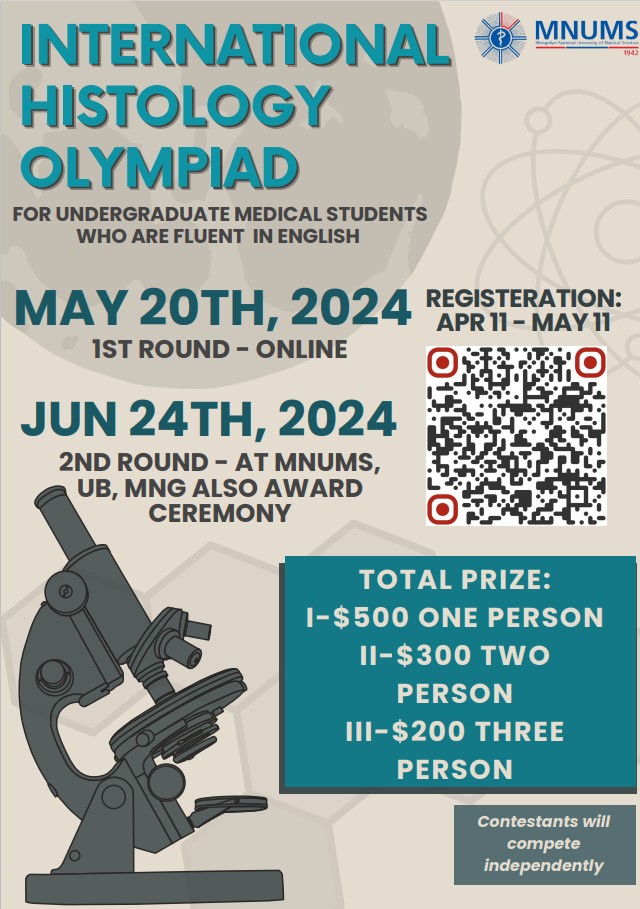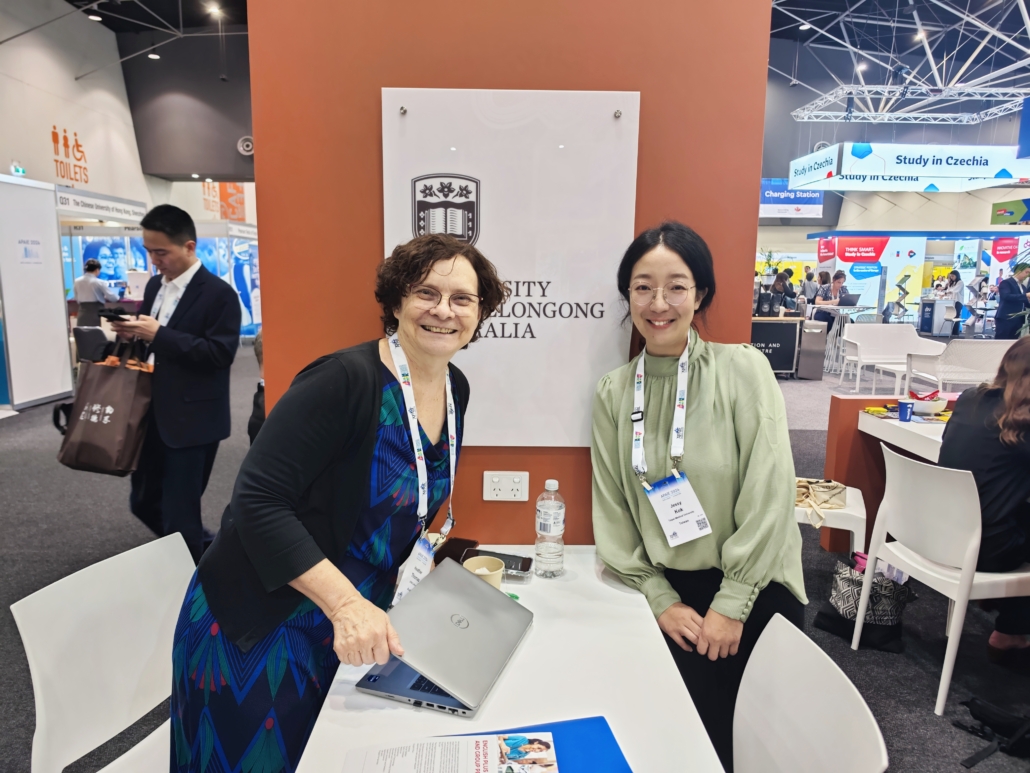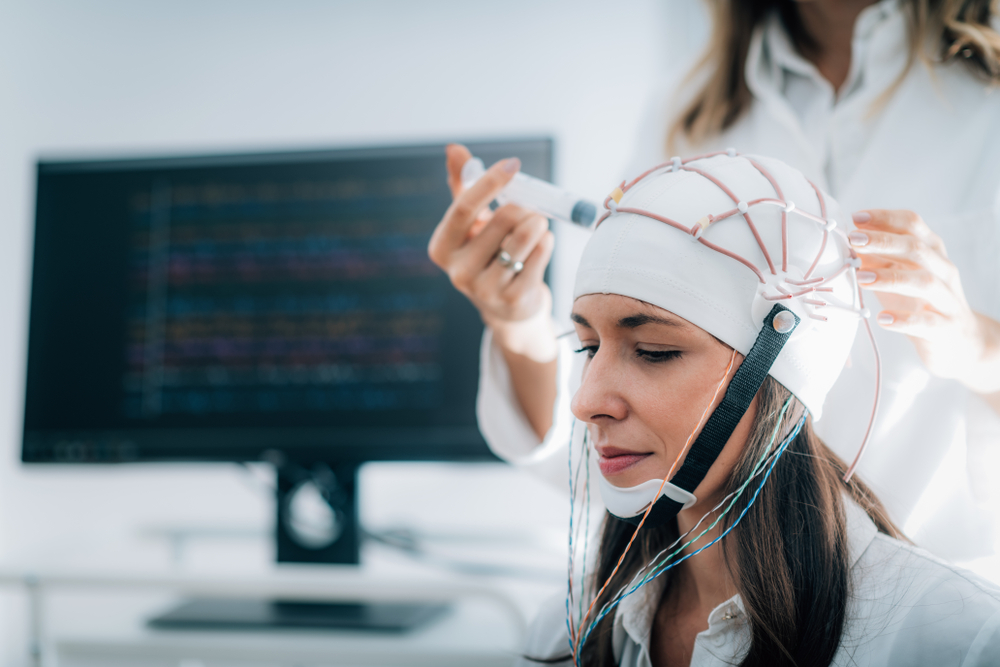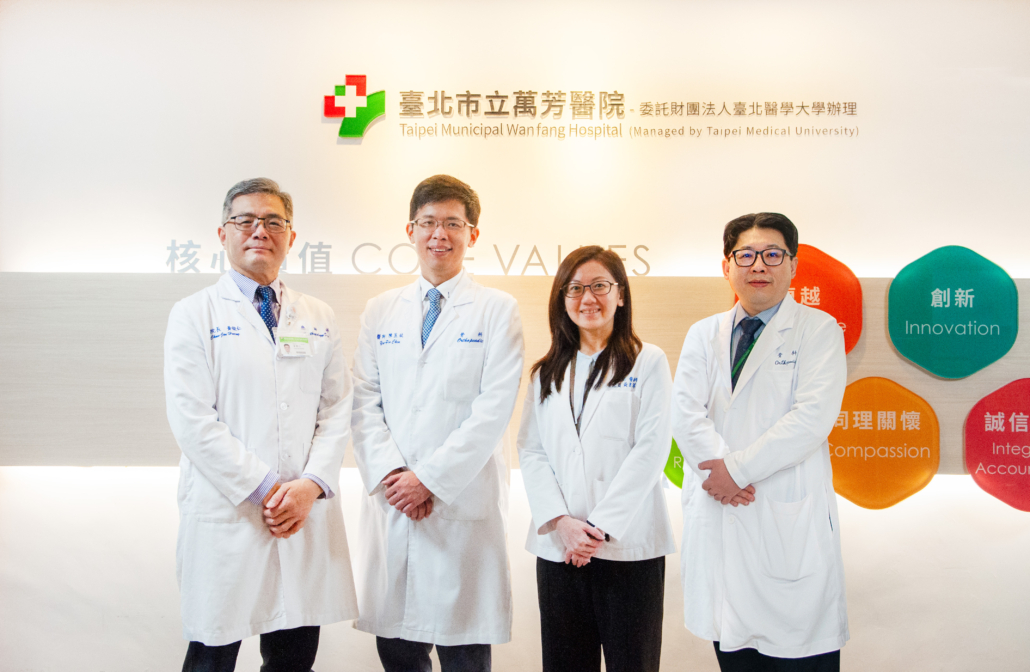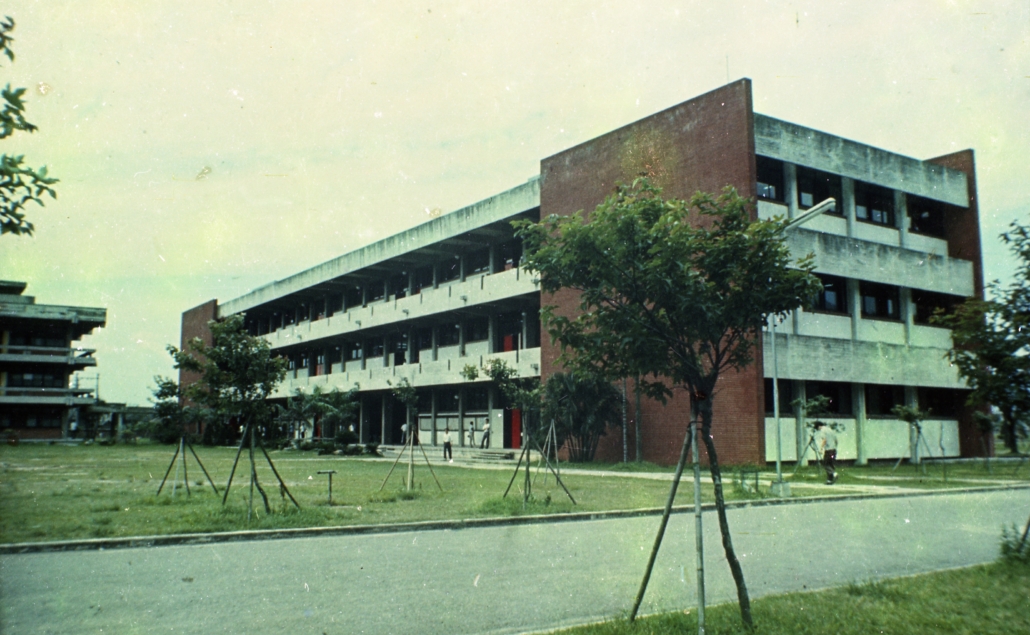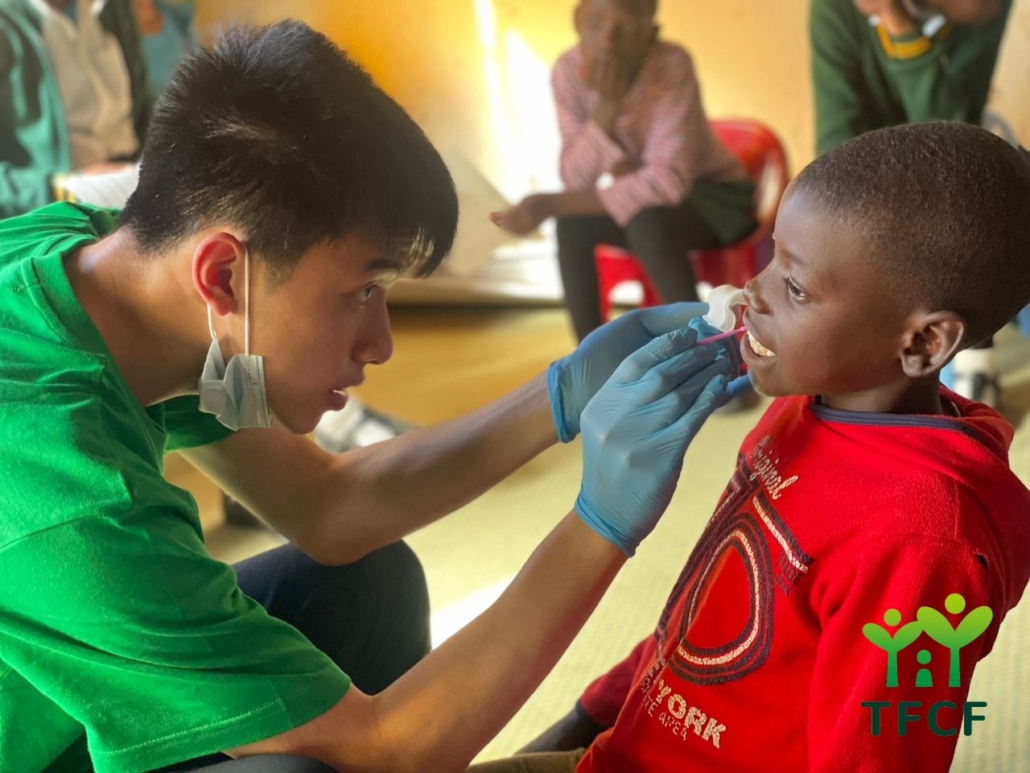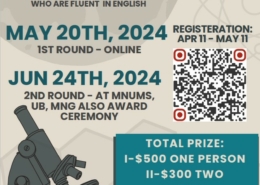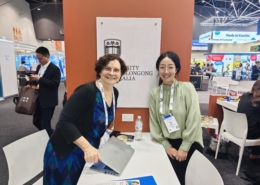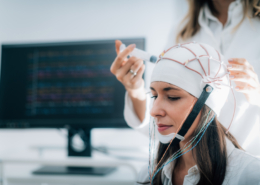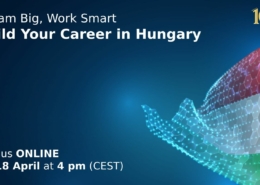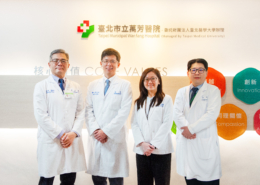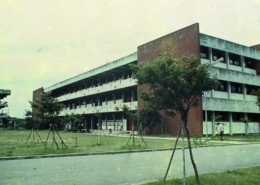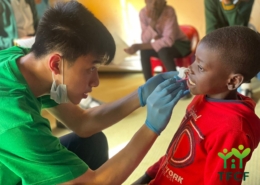TMU seeks ‘smart TMU’ with AI teaching, clinical innovations
Source: Taipei Medical University
Published on 2019-06-24
TMU is using emerging artificial intelligence (AI) technologies and creative thinking in various ways to raise the university’s overall effectiveness and influence.
With regard to teaching, the Center for Education in Medical Simulation began to integrate virtual technology in May 2017 by introducing an XVR 3D simulation system, a virtual surgery system, a six-degrees-of-freedom virtual reality imaging system and other technologies. The center received the ASPIRE award from the Association for Medical Education in Europe in 2018, the first Asian medical university to receive the virtual education award.

The TMU Center for Education in Medical Simulation launched VR education systems in May 2017

Students learn actively by interacting with virtual reality situations
In November 2018, the College of Medicine and HTC established the world’s largest VR anatomy class. As students can use virtual environments to understand interconnected body structures, this is a helpful teaching innovation.
University research also reflects the focus on AI. A research team led by Prof. Chao- Ching Huang will construct and apply medical image databases over three years under an NTD 84 million grant from the Ministry of Science and Technology (MOST) that began in 2017. The College of Medical Science and Technology under the leadership of Dean Yu-Chuan Li obtained 4 years of MOST funding worth NTD 30 million to improve medication safety internationally. And TMU Hospital Superintendent Ray-Jade Chen received NTD 20 million from MOST to use AI to build smarter hospital and caregiving technologies.
In terms of clinical medicine, the TMU Healthcare System incorporated IBM Watson for Oncology in 2017. This AI system developed by IBM and the Memorial Sloan Kettering Cancer Center in the United States is used by 230 hospitals worldwide and has served over 80,000 patients, including nearly 700 TMU patients. Its applications have expanded from 7 to 13 cancer types, including breast, colorectal, prostate and lung. Wanfang Hospital also became the world’s first medical institution to incorporate electronic patient histories into Watson for Oncology. In 2018, the hospital brought in IBM Watson for Genomics to provide more precise medical treatments.
Wanfang Hospital introduced “smart wards” in October 2017 that use “smart” bells, mattresses and bedside carts. In December 2018, the hospital collaborated with DeepQ, HTC’s health and medical treatment division, to launch Taiwan’s first AI medical service using a robot that interacts using speech. The hospital incorporated AI into patient consultation procedures, making it Taiwan’s first to use AI in the registration process. In January 2019, it again collaborated with HTC to create the world’s first VR health education consultation space that can be simultaneously experienced by multiple individuals, so physicians, patients and their family members can enter the same virtual environment to make decisions and communicate more clearly.

TMU Hospital’s automated testing system (left) and Shuang Ho Hospital’s personal chronic respiratory disease early warning system
In August 2018, TMU Hospital launched a health and medical blockchain platform with a “smart chain passport” to enhance referral services and integrate health care networks. The public can use this to obtain patient histories, examination results and other health information. In December 2018, the hospital launched an automated testing system that reduces waiting times between tests, increases efficiency and lowers risk of sample contamination. Meanwhile, Shuang Ho Hospital created a chronic obstructive pulmonary disease (COPD) early warning system by applying new medical devices and AI to make personalized predictions about patient needs.
In just two years, TMU has applied AI to medical treatment in pioneering ways. TMU will continue to use AI, blockchain, cloud computing, big data, “internet of things” and 5G medical applications to develop educational, research and clinical solutions.

